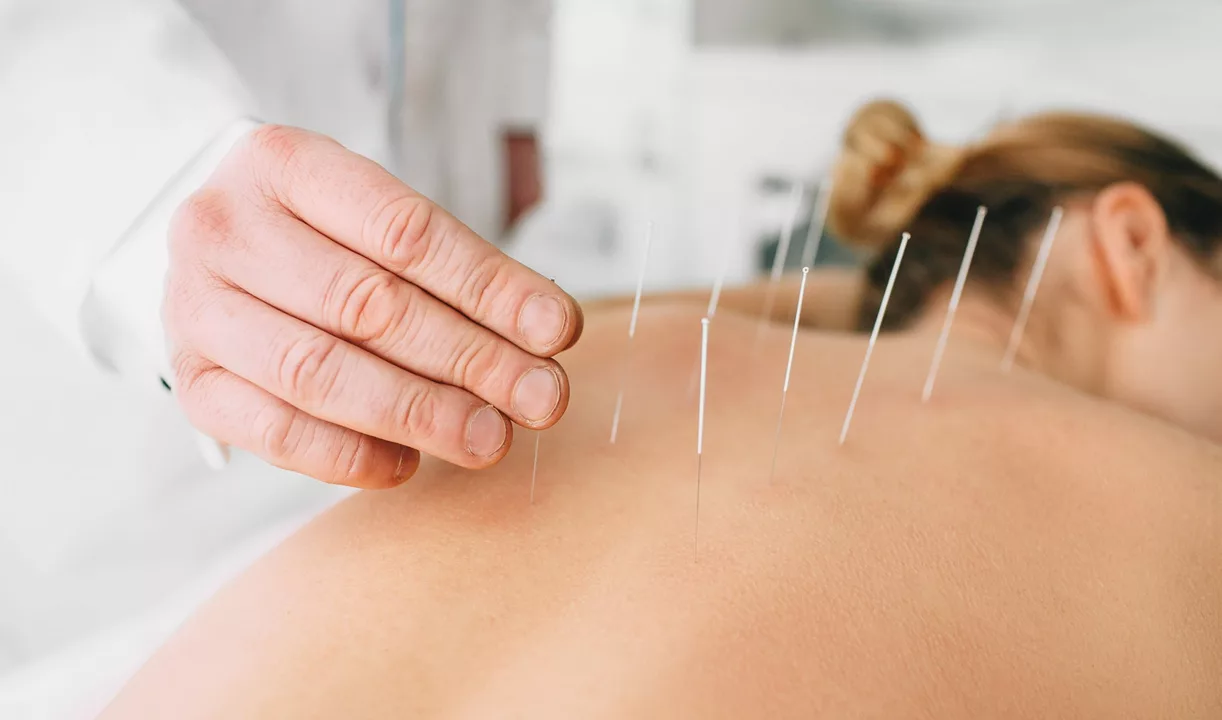Acupuncture: What It Helps, How Safe It Is, and How to Get Started
Acupuncture can do more than help you relax. Large clinical trials and major health groups recognize it as a useful option for chronic low-back pain, knee osteoarthritis, tension headaches, and nausea after surgery or chemo. If you’re curious but unsure, this page gives clear, practical advice on what acupuncture actually does, when it may help, and how to pick a safe practitioner.
How acupuncture helps and when to try it
Acupuncture uses thin, sterile needles placed at specific points to stimulate nerves, increase local blood flow, and trigger the release of natural pain-relief chemicals like endorphins. You might try it if you have persistent pain for several months that hasn’t improved with basic measures, frequent tension headaches, or nausea that isn’t controlled by meds.
It’s not a miracle cure. Expect gradual improvements over multiple sessions. Many people notice reduced pain and better sleep after 4–8 treatments, but some conditions need ongoing visits. If you’re getting acupuncture for a medical condition, keep your doctor in the loop and use it alongside—not instead of—recommended medical care.
Safety, choosing a practitioner, and what to expect
Acupuncture is generally safe when done by a licensed practitioner who uses disposable needles. Common side effects are mild: slight bleeding, bruising, or temporary soreness where needles go in. Serious complications are rare but can happen if hygiene or training is poor.
Avoid acupuncture or talk to a clinician first if you have a bleeding disorder, take strong blood thinners, or have a pacemaker (electroacupuncture uses small currents). Pregnant people should only get acupuncture from someone experienced in prenatal care because some points are best avoided.
To pick a practitioner, check local licensing boards, read short reviews, and ask these questions: Where did you train? Do you use disposable needles? How many sessions do you expect for my issue? A good acupuncturist will ask about your medical history, medications, and goals before starting.
What happens at a session? Expect a short intake, needle placement that might feel like a light pinch or tingling, and a 20–30 minute rest with needles in place. Bring loose clothes, avoid heavy meals right before, and write down your medications to share.
Cost and coverage vary. Some insurers cover acupuncture for specific conditions; others don’t. If cost is a concern, ask the clinic about package deals or a sliding scale. Track your symptoms between sessions so you and your practitioner can judge progress realistically.
If you want more specifics—like how acupuncture pairs with pain meds or which clinics have solid reviews—use the site search at ClearSkyPharmacy.Biz or contact your healthcare provider. Acupuncture can be a practical tool when chosen carefully and used with common-sense safety steps.
The Benefits of Acupuncture for Partial Onset Seizures
Acupuncture has proven to be a beneficial alternative treatment for partial onset seizures. By targeting specific meridian points in the body, acupuncture helps to restore the balance of energy and reduce the frequency of seizures. Additionally, this holistic approach provides a natural and non-invasive option for individuals seeking an alternative to pharmaceutical medications. Personally, I've found that incorporating acupuncture into my treatment plan has not only improved my overall well-being, but also given me a sense of control and empowerment in managing my condition. It's definitely worth exploring this ancient technique to enhance the quality of life for those living with partial onset seizures.
© 2025. All rights reserved.

